115 Years, 115 Impactful Moments
Click to play USC Viterbi's 115th anniversary trivia game
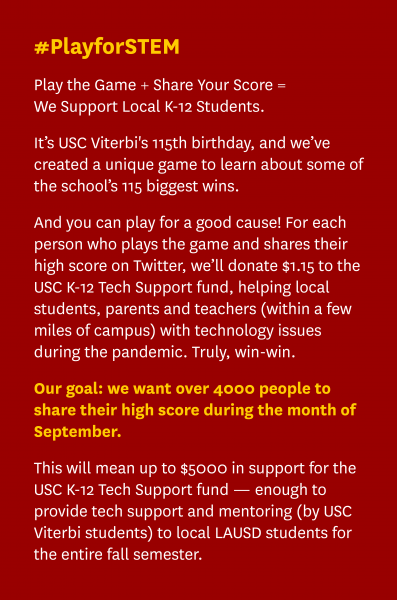 In 1905, USC offered its very first engineering courses out of the physics and mathematics departments.
In 1905, USC offered its very first engineering courses out of the physics and mathematics departments.
One hundred and fifteen years later, the USC Viterbi School of Engineering has a name and a host of accomplishments over the ensuing 11.5 decades.
This past May, Dean Yannis Yortsos, working with USC Viterbi vice deans, chairs, and select senior faculty, sought to identify 115 amazing USC Viterbi accomplishments by faculty, students and alumni over that span of time. This list would span all eight departments, the famed USC Information Sciences Institute and various programs of the school.
This list, like many of its kind, suffers from a clear recency bias. It is by no means the definitive list of all the USC Viterbi School’s noteworthy accomplishments! However, despite these limitations, perhaps it will serve as a helpful primer on what George Bekey, USC Viterbi professor emeritus, once called the school’s “remarkable trajectory.”
Test your knowledge of these USC Viterbi “wins” in a “Who Wants To be A Millionaire”-style interactive game above.
Or, for those who prefer to dive right in…the full list of 115 accomplishments for 115 years awaits.
Computer Science
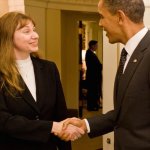
Three USC Viterbi professors have received the Presidential Award for Excellence in Science, Mathematics, and Engineering Mentoring, established by the White House in 1995:
Maja Matarić, a pioneer of socially assistive robotics (2011); John Slaughter, noted for his education research in diversity and inclusion (2012); and Gigi Ragusa, whose research interests include engineering education and innovation and college access for first-generation college students (2019).
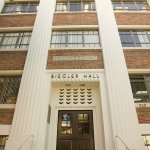
The first engineering building on the USC campus was dedicated in 1940.
The 28,000-square-foot Engineering Building (now Biegler Hall) cost $86,000. Seventeen years later, the university’s first computer was installed there.
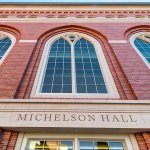
In January 2014, a new epicenter for convergent biosciences is revealed at USC.
The first gift, from Gary and Alya Michelson, established the Michelson Center for Convergent Bioscience (the largest building on the University Park Campus). Six years later, Allen and Charlotte Ginsberg’s donation established the Dr. Allen and Charlotte Ginsburg Human-Centered Computation Building, designed to also house the Department of Computer Science. These two visionary gifts build upon the wet labs in nearby Irani Hall to form a “Convergence Plaza,” where engineers, scientists and doctors can come together to tackle the most pressing issues in healthcare.

In 2019, USC computer science students continued their winning streak in the International Collegiate Programming Contest.
The students won first place over ninety regional teams including CalTech, UCLA, UCSD, and Harvey Mudd, winning what has become known as “the programming Olympics” a total of six times in the last ten years.
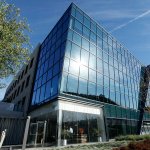
In 1999, the USC Institute for Creative Technologies was established with funding from the US Army to develop award-winning advanced immersive experiences.
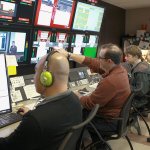
In 2020, USC computer science earned the top spot in the U.S. News & World Report (USNWR) rankings for best online master’s programs in information technology for the eighth consecutive year, while USC Viterbi graduate programs consistently ranked in the top 10 in the USNWR.
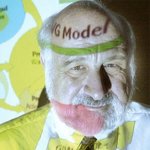
During the ’90s, Michael Arbib led the development of Neural Simulation Language (NSL) to model behavior and thought, including realistic modeling of macroscopic brain structures.

Milind Tambe pioneers “AI for Good,” using AI to protect U.S. ports, airports and infrastructure from terrorists. The technology was also used as part of the largest global deployment of predictive AI to thwart poachers and protect endangered animals.
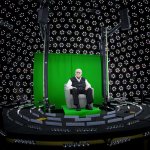
Now debuting at the Smithsonian, the New Dimensions in Testimony at ICT, in partnership with USC Shoah, is the world’s first ever re-creation of interactive, 3D avatars of Holocaust survivors for future generations.
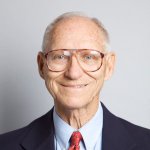
In 1981, Barry Boehm created the now-standard “constructive cost model,” a model for estimating effort, cost and schedule of software projects.
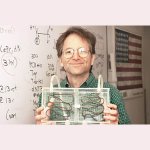
In 1994, Leonard Adleman, who coined the term “computer virus,” invented DNA computing, which involves performing computations using biological molecules rather than traditional silicon chips.
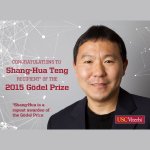
An internationally renowned theoretical computer scientist, Shanghua Teng twice received prestigious ACM Gödel Prizes, in 2008 and 2015, for his work in smoothed analysis of algorithms and nearly-linear-time Laplacian solvers.
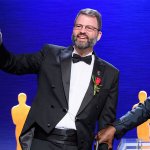
Movie magic! In 2010, Paul Debevec received an Academy of Motion Picture Arts and Sciences Scientific and Engineering Academy Award for creation of photoreal digital actors. In 2017, alumnus Parag Havaldar (Ph.D. ’96), who still teaches part-time at USC, won an Academy of Motion Pictures Arts and Sciences Award for Technical Achievement.
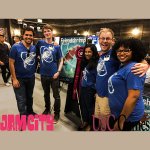
USC Games, a joint initiative between the USC Viterbi School of Engineering and the USC School of Cinematic Arts, has been recognized as the No. 1 games program in North America since 2009 (Princeton Review).
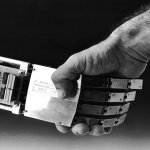
Equipped with the ability to adapt to arbitrary shapes without any external control, pioneering roboticist George Bekey co-created the world’s first five-fingered robot in 1977—the first able to give a true handshake.
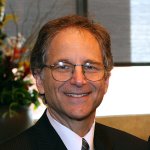
In 1977, Leonard Adleman helped invent the RSA cryptography system, the world’s most widely used public-key cryptography method for securing communication on the internet, which earned him the famed Turing Award.



